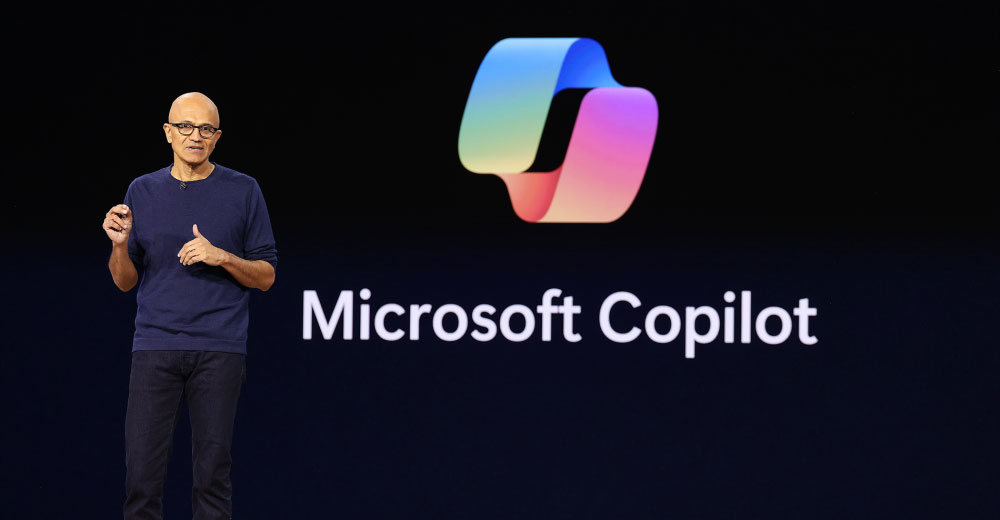
Behavioral targeting has been around since the first dot-com days, but it got really hot again in late 2007, thanks to a few big promoters like Facebook. So, What exactly is it, and does it really work the way it sounds?
BT tracks a Web visitor’s browser clickstreams — typically in the last six visits — to predict what the visitor may want in the future, and to target ads, content or products based on those “personalized” past behaviors.
The hope is that BT will show the right ad or product to the user who will be most receptive to it. This sounds ideal to advertisers; however, put yourself in the shoes of a user and two huge problems leap out: privacy and quality.
The Privacy Issue
With such a glut of products and information online, the motivation behind behavioral targeting makes sense — it seems to be a good thing for Yahoo to get me a more relevant ad because they happen to know I checked out a Prius in my local dealership. For consumers, however, there is an obvious psychological aversion to behavioral targeting, as they feel they are being personally tracked and watched.
In this age of identity theft and mounting concerns over privacy in general, a practice that proactively profiles a user — perhaps over the scope of many Web sites and over a period of several months — will sound alarms even among the least conservative of us.
While BT advocates will defend their practice of storing only anonymous data — which is the proper thing to do — knowing that your likes, dislikes, shopping history and viewing tendencies are being tracked and possibly shared or sold to advertisers is disconcerting, at the least.
In addition, with so much information about us on the Web, an anonymous individual on one site can quickly become a known/named user on another site once BT starts to compare and contrast user behaviors across multiple sites. So, our private information can spread out very quickly without us even knowing it.
Not surprisingly, many advocacy groups are very concerned aboutthe issues surrounding this type of targeting. Privacy groups have recently proposed a “Do Not Track” list to limit behavioral profiling techniques similar to “Do Not Call” lists that keep pesky telemarketers away.
Privacy concerns seem to be enough to limit the impact of BT. However, there is more.
Bigger Pitfalls
Beyond privacy concerns, there are accuracy and quality issues with BT that all marketers may not be aware of. Traditional BT struggles precisely because it tries to discern what I want now based on my past behaviors. Consider the impact of focusing on historical interests instead of current intent: If I bought a gag gift for a bachelor party, I certainly do not want to be bombarded by ads for similar products that might cause embarrassment or make me the butt of the joke around the office.
Another way to think of this problem is to consider the idea of roles or personalization. Humans have far too many roles in life — or what personalization systems might call “profiles” — to possibly predict what a given user wants on that day. A woman shopping for baby clothes, a tie for her husband, and a gift for her sister may appear schizophrenic because she is acting in three different roles — mother, wife and sister. What do you show her next? Tossing strollers ads at her isn’t going to be effective now that she’s shopping for a new cocktail dress for herself.
This is the pitfall of profiles. In a given month, an individual will have thousands of roles. Knowing my past is not necessarily a better way to predict my future. In fact, this phenomenon has been known by psychologists and other scientists for years — humans are animals of context and situations, much less than of historical profiles or roles.
Let’s look at Facebook’s behavioral targeting practices. Alex Iskold recently wrote a goodblog post on ReadWriteWeb about a little myth regarding how behavioral targeting is going to help Facebook justify its US$15 billion valuation. I like Alex’s summation of the myth: “Because Facebook knows everything about us, it will always be able to serve perfect ads.” The reality is very different.
Facebook does not really know much about us, especially anything about our true intent at any given moment when we are on the network. Their user profiles are historical artifacts and not tied to current intent. In addition, the behaviors that users exhibit on Facebook are about connecting with one another — not about reading, researching and buying like they are on the rest of the Web. Finally, when users connect, they’re only acting in one of their infinite roles.
In the end, the ads we get served on Facebook today are the direct result of the lack of understanding of its users. Those in the ad industry liken these to “run of network” ads, which are not targeted and are simply designed to get a fraction of a percent click-through. Unsurprisingly, most ads are about dating.
Enter Intent-Based Targeting
An alternative that solves the issues with both privacy and effectiveness is one centered on understanding the users’ intentions, instead of their clickpaths or profiles, and pairing that knowledge with specific content, product and advertising recommendations. This approach relies exclusively on the collective wisdom of like-minded peers who have demonstrated interests or engagement with similar content and contexts.
The concept of profiles is completely removed in this case. Instead, through understanding expressed or implied intent, content appropriate to the user’s current mindset can be delivered.
This is the next evolution in user targeting that gets beyond clicks and analytics, and instead rests on a proven foundation of modern social science theory. The approach is conceptually simple and mimics how we learn and act in everyday life — making choices based on what others who are in the same current mindset as us have done.
Since humans change roles rapidly, intent-based models allow content recommendations, ads and even search results to change instantly as users act in new or different roles. Further, because historical actions and profiles are not needed, 100 percent of the new visitors coming to a Web site can be targeted with precise content before the first click.
One more example to bring this home: I have been a loyalMy Yahoo user since 1997. There have been more than 100,000 ads targeted to me during my time on Yahoo. Interestingly, I have paid no real attention to any of the ads. However, it is not because I don’t like ads or hate any of the products or services promoted — I needed many of them in my life once upon a time.
Yahoo banner ads, like BT, are not serving me the right ad at the right time. In contrast, when I search on Google (or Yahoo), I use the ads extensively because that is what I am looking for at that moment. I hope Google ads will soon be “quality” ranked by the collective wisdom of like-minded peers — that will be icing on the cake!
A Win/Win Situation
Web site users care about privacy and usability on the Web. Targeting visitors based on their intent, which is validated by the collective wisdom of those before them with the same intent, is a natural way for visitors to interact with your Web site — it’s the way humans have been programmed to work.
Most importantly, it kills two birds with one stone: Users get useful, accurate recommendations and ads, while still avoiding the whole privacy mess.
Jack Jia is a founder and CEO of Baynote, a provider of on-demand recommendation technology and social search for Web sites. Jia previously worked as senior vice president and CTO of Interwoven and as a founder and CEO of V-max America. He also led operating systems and applications development at SGI, Sun Microsystems, Stratus and NASA for more than a decade.




































Take for example Jeremy. Jeremy goes to a website and compares prices on two flat screen TVs. He leaves the site without taking an action to buy, and continues surfing the web. Perhaps an hour later, having forgotten about his previous endeavors, he sees an ad with a great deal for a 50 inch plasma. Jeremy gets the deal he was looking for and a retailer or advertiser makes a sale. Ouila! Personalized targeting isn’t the bad guy.
In addition to this, people who own websites that sell durable goods (i.e. small, medium OR large businesses) can partner with retargeting companies, make a data deal, and profit from the serving of ads. In a bad economy, targeting might be an all around help.
Anil
It’s not obvious but refering page (often with a search term) and landing page give you enough information to start determining intent before clickstreams develop. Furthermore peoples intentions change within a session.
As an aside – Jack is spot on with this article. This is the way forward and can give suprising results.
Ok, you lost me here. How do you determine intent without even first click?
Thanks
Anil Batra
http://webanalysis.blogspot.com